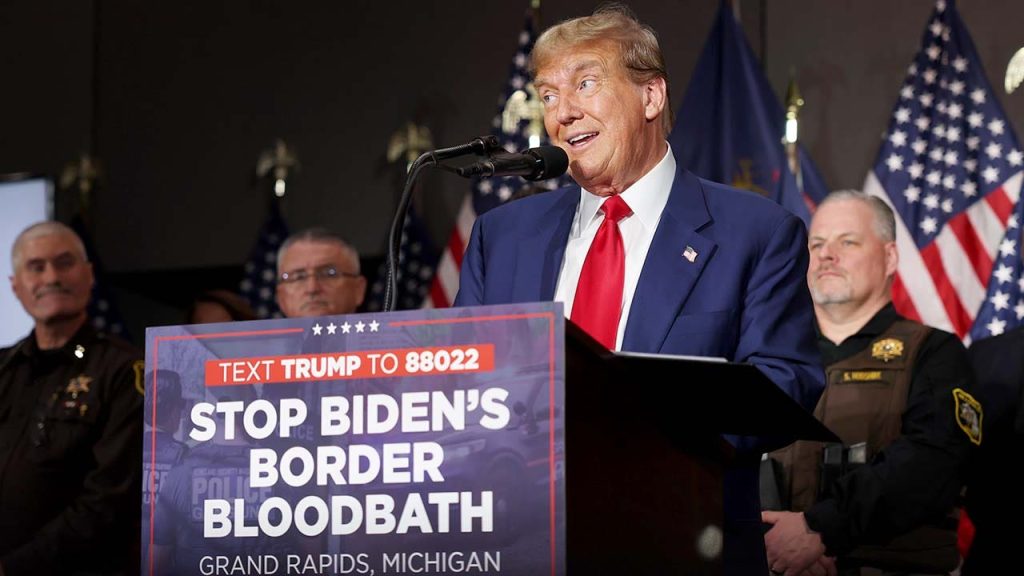The media is abuzz with speculation about what another Trump presidency would look like, as he has a good chance of winning. In comparison, a second Biden term seems more predictable given the administration’s liberal direction. However, Trump’s messaging is not consistent, with softer tones contrasting his previous rhetoric of retribution. It is unclear how he would approach key issues such as abortion and Social Security, and whether he would be supported by hard-line figures in his administration. National Review explores three potential scenarios for a second Trump term, ranging from a limited Trump facing constraints to a full Trump pursuing a more aggressive agenda, or a four-year siege by opponents.
A limited Trump, constrained by the checks and balances of Congress and the courts, may pursue policies similar to traditional Republicans such as Marco Rubio or Mitt Romney. On the other hand, a full Trump could prioritize building a border wall, fighting against “woke” ideology, and shifting the judiciary to the right. However, the author sees this scenario as less likely due to opposition from progressive forces in American politics. Another possibility is a four-year siege from Democrats in the House, conducting investigations and challenging Trump’s legitimacy and policies. This scenario could lead to further polarization and challenges for American institutions.
While all three scenarios present different challenges and opportunities for a potential second Trump term, the author leans towards a limited Trump as the most likely outcome. Trump has learned from his first term and appears more disciplined in navigating the powers of the presidency. His adept handling of media interviews suggests a strategic approach to messaging and policy decisions. Despite his tendency to incendiary rhetoric, his actions may be more measured and focused on achievable policy changes, especially in areas such as border security and trade.
While a full Trump cabinet led by prominent conservatives could drive substantial change, Trump’s personality and desire for the spotlight may overshadow his appointees. The former president’s self-identification as a person with common sense rather than a conservative may indicate a pragmatic approach to governance. The four-year siege scenario, where Democrats relentlessly oppose Trump’s presidency, appears less likely given the potential backlash from voters who support him. Ultimately, the outcome of a potential second Trump term is subject to debate and speculation, with different opinions on which scenario is more probable.
Despite the uncertainty surrounding a second Trump presidency, including potential policy changes and opposition from Democrats, the author sees a limited Trump as the most likely outcome based on Trump’s past behavior and strategic decisions. If Trump were to secure a second term, he may prioritize achievable policy changes over ambitious endeavors he struggled to achieve during his first term. The political landscape remains highly volatile, with different parties and media outlets presenting contrasting views on the implications of another Trump presidency. Ultimately, the outcome will be determined by the election results and the reactions of various political stakeholders to the potential return of Trump to office.


